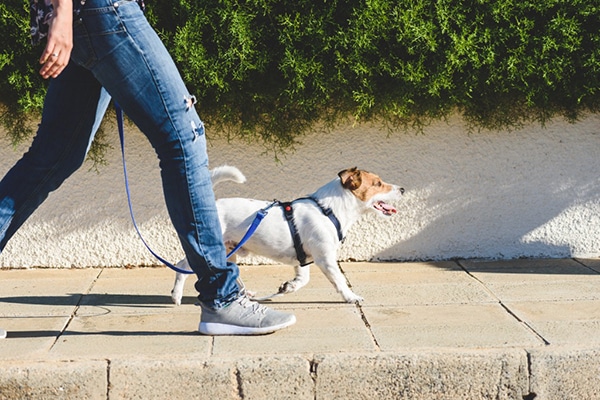The health benefits and science behind getting your steps in
With the rise of fitness trackers, we often hear people say “Gotta get my 10,000 steps!” Staying active is important and walking is one of the easiest ways to get moving. But even if you park a little farther away or always take the stairs, 10,000 steps can seem like a daunting number to achieve on a daily basis.
“The concept of counting steps is rooted more in the idea of increasing activity,” says Jeff McDaniel, MD, family physician on the medical staff at Methodist Mansfield Medical Center. “Sedentary people will only get a few thousand steps a day, closer to 2,000 or 3,000. If someone starts counting their steps, they are more likely to create goals and increase their movement.”
So, where did the number 10,000 come from, and is it a hard and fast rule?
A Step Back
The goal of reaching 10,000 steps a day does not have any research or medical studies behind it. According to Harvard Medical School, during the mid-1960s, a Japanese company created a pedometer with a name that translated into “10,000 steps meter,” and it stuck.
“Ten thousand steps isn’t a magic number,” Dr. McDaniel says. “We still don’t know what the exact number is, but you can see benefits before reaching 10,000. At 7,500 steps, risk of cardiovascular disease starts to decline.”
7,500 steps a day reduces your risk of heart disease.
Increased steps can also strengthen and stabilize the muscles around your joints and help keep bones strong. Walk daily during cold and flu season to boost your immune system and be less susceptible to illness.
Step to it
Dr. McDaniel recommends creating alarms on your phone to get up and get moving if you don’t already have a tracker that does this. To add steps into your day, you could also eat lunch outside instead of at your desk, walk over to a coworker’s desk to chat instead of emailing or calling, and take advantage of an on-site gym at work, if available.
“Not all steps are created equal,” Dr. McDaniel says. “The intensity and speed of the walk makes a difference. If you are out of breath but can still hold a conversation, your activity will be more impactful.”
On average, a brisk pace will be close to a 20-minute mile. It’s OK if you are newer to exercising and have to start at a slower pace. You can build a foundation and increase your intensity as you feel comfortable.
At the end of the day, it really is just about getting moving -— one step at a time.
Get Shine Online delivered to your inbox!

